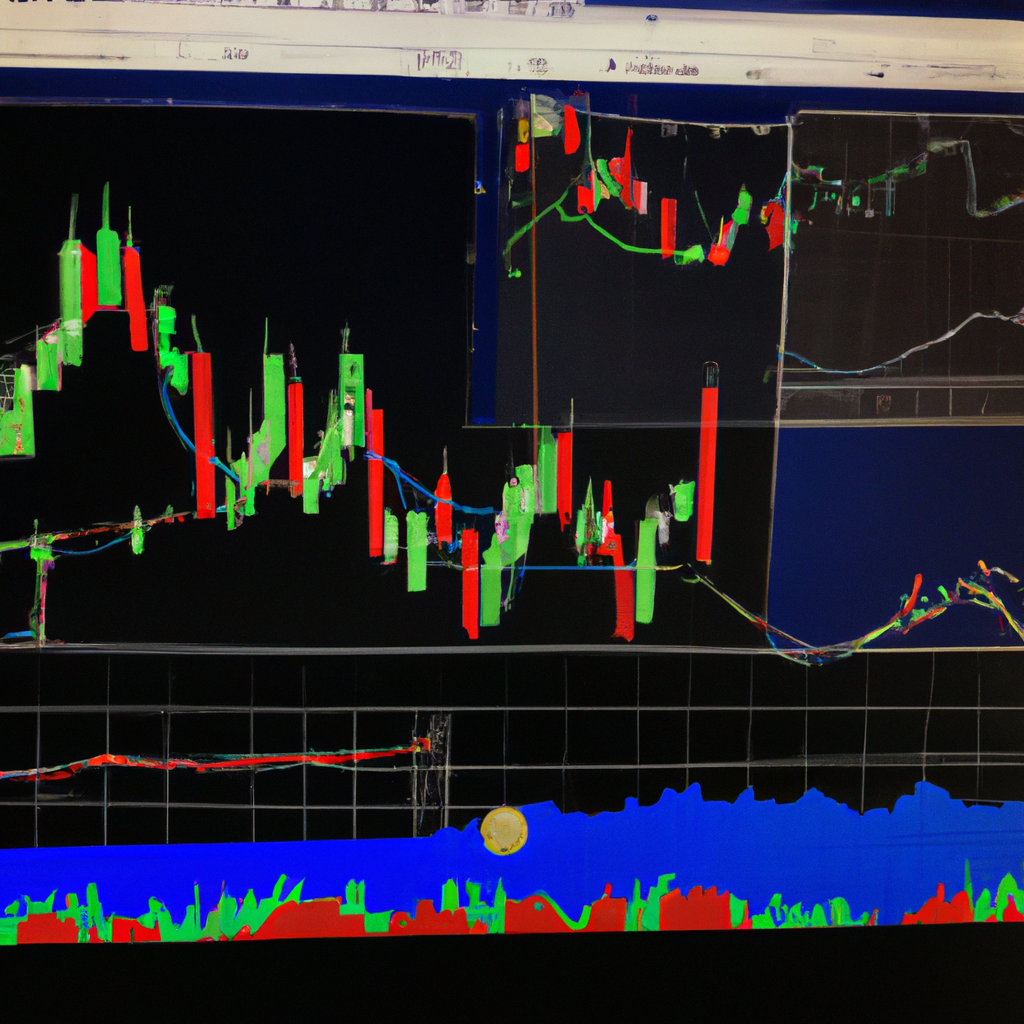
Using MACD for Trade Signals
One of the most popular technical indicators used by traders is the Moving Average Convergence Divergence (MACD). This indicator helps traders identify potential buy and sell signals based on the convergence and divergence of two moving averages.
Understanding MACD
The MACD consists of three main components: the MACD line, the signal line, and the histogram. The MACD line is calculated by subtracting the 26-period Exponential Moving Average (EMA) from the 12-period EMA. The signal line is a 9-period EMA of the MACD line, while the histogram represents the difference between the MACD line and the signal line.
Using MACD for Trade Signals
Traders can use the MACD indicator to generate buy and sell signals in the following ways:
1. Crossovers
One of the most common signals generated by the MACD is crossovers. A bullish crossover occurs when the MACD line crosses above the signal line, indicating a potential buy signal. Conversely, a bearish crossover occurs when the MACD line crosses below the signal line, signaling a potential sell signal.
2. Divergence
Divergence occurs when the price of an asset moves in the opposite direction of the MACD indicator. Bullish divergence occurs when the price makes a lower low, but the MACD makes a higher low, indicating a potential buy signal. Bearish divergence occurs when the price makes a higher high, but the MACD makes a lower high, signaling a potential sell signal.
3. Histogram Patterns
Traders can also analyze the histogram of the MACD for trade signals. When the histogram bars are increasing in size, it indicates a strengthening trend. Conversely, when the histogram bars are decreasing in size, it suggests a weakening trend.
Conclusion
The MACD indicator is a powerful tool that can help traders identify potential trade signals based on the convergence and divergence of moving averages. By understanding how to interpret crossovers, divergence, and histogram patterns, traders can make more informed trading decisions and improve their overall profitability.





